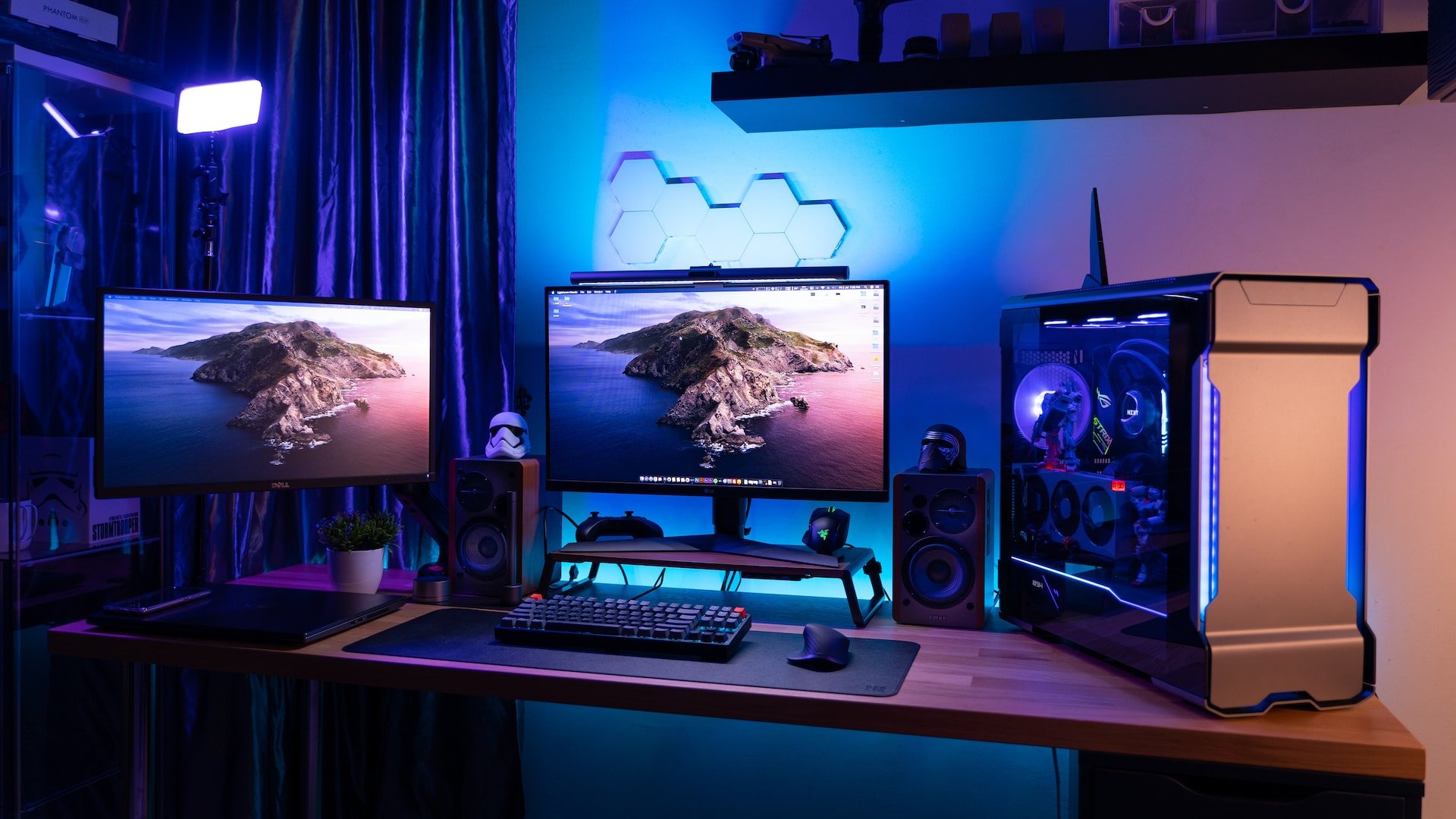
Building your own gaming PC can be daunting as there are several things to consider. To start with, how much money should you set for your budget? Are there parts better than others if you’re going for a specific build? The questions just go on and on. And sometimes, these push people to buy a prebuilt gaming PC to save time, money, and resources.
But if you prefer to build a gaming PC from scratch, we got you covered. Read these six tips for building your first gaming PC:
1 – Determine the purpose and budget of your build.
Start by answering the question: What is the reason for building a gaming PC? Is it because you want a powerful unit without having to spend a lot of money? Or do you want a flashy PC built for aesthetic purposes? Perhaps it’s a combination of these. By building your own gaming PC, you can do both.
Remember that your reasons will determine the specifications of the hardware components you will buy to build your gaming PC. Once you have an idea of the specifications you need, it will help you estimate how much your PC build will cost you.
2 – Check the system requirements of your video games.
If you can’t determine your PC build specifications, start by checking your video games’ system requirements. You can use it as a reference to determine the hardware components you need. AAA titles like Assassin’s Creed: Valhalla, Resident Evil: Village, and Horizon Zero Dawn are usually highly graphic and resource-hungry. If you play these games, you need hardware components with higher specifications for your PC build.
If you only play video games such as Fortnite, Minecraft, and League of Legends, you don’t need to spend too much money. You can play these games on a gaming PC with mid-range hardware components.
3 – Prevent any system resource bottlenecks.
It is a common mistake for first-time gaming PC builders to encounter system resource bottlenecks. For example, you buy a powerful graphics card but end up limiting your system by partnering them with a low specs processor and RAM.
When that happens, you’re completely wasting the system performance of your unit. It’s because a weak processor and a low number of RAM modules will not be able to optimize the power of a high-end graphics card. You won’t be able to experience the power of your graphics card, and you’re technically wasting your money.
So make sure that when buying hardware components, they must all work together and are compatible.
4 – Decide on your storage device.
When building a gaming PC unit, it is recommended that you can install two distinct drives. The first is where you can install the operating system, and the other is where you can store your games.
Buy two SSDs for your storage components if you have the budget. Otherwise, settle with an SSD and HDD combo drive setup. Use the SSD to install your operating system, as this can ensure quick bootup.
Another thing to consider when buying a storage drive is the size requirements of the games you play. If you don’t play many video games that require large storage capacity, consider getting an SSD with a larger HDD, as the former processes programs faster than the latter.
5 – Plan your cooling system.
When building a gaming PC, it is crucial to plan the cooling system of your unit. A gaming PC with high-performance hardware components can generate more heat than the standard PC build. So you need to have a powerful cooling system to ensure that your unit will not overheat, as this can cause serious problems.
You can use fans or a liquid cooling build for your cooling system. Using fans and a well-ventilated case is usually safer if you’re a first-time builder. You can install two sets of fans; the first set can suck the hot air out of your system while the second set helps allow the cool air in.
If you wish to use a liquid cooling system, then it is highly recommended that you hire a PC technician to install it. Installing a liquid cooling system requires more technical knowledge than installing fans.
6 – Consider your display monitor and peripherals.
Building a gaming PC doesn’t end with your hardware components. You also have to consider the display monitor and peripherals. The highest resolution (4K) is the recommended monitor. If you’re into a shooter or battle-royale game like Valorant or Fortnite, make sure to check its refresh rate.
As for the peripherals, like the keyboard, mouse, and headset, it’s best to go with the gaming version as they improve the gaming experience.